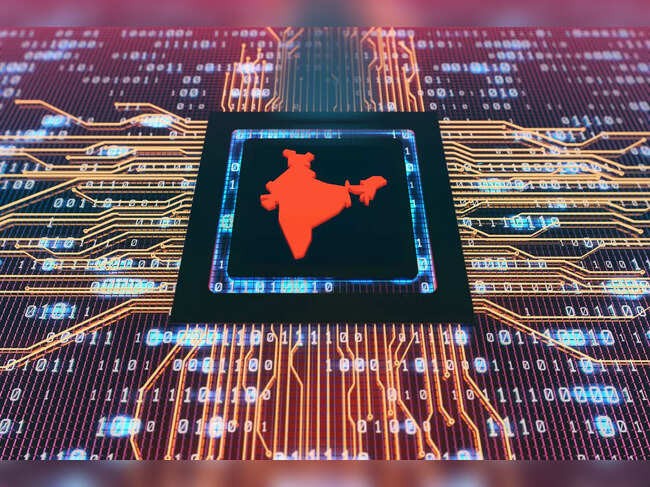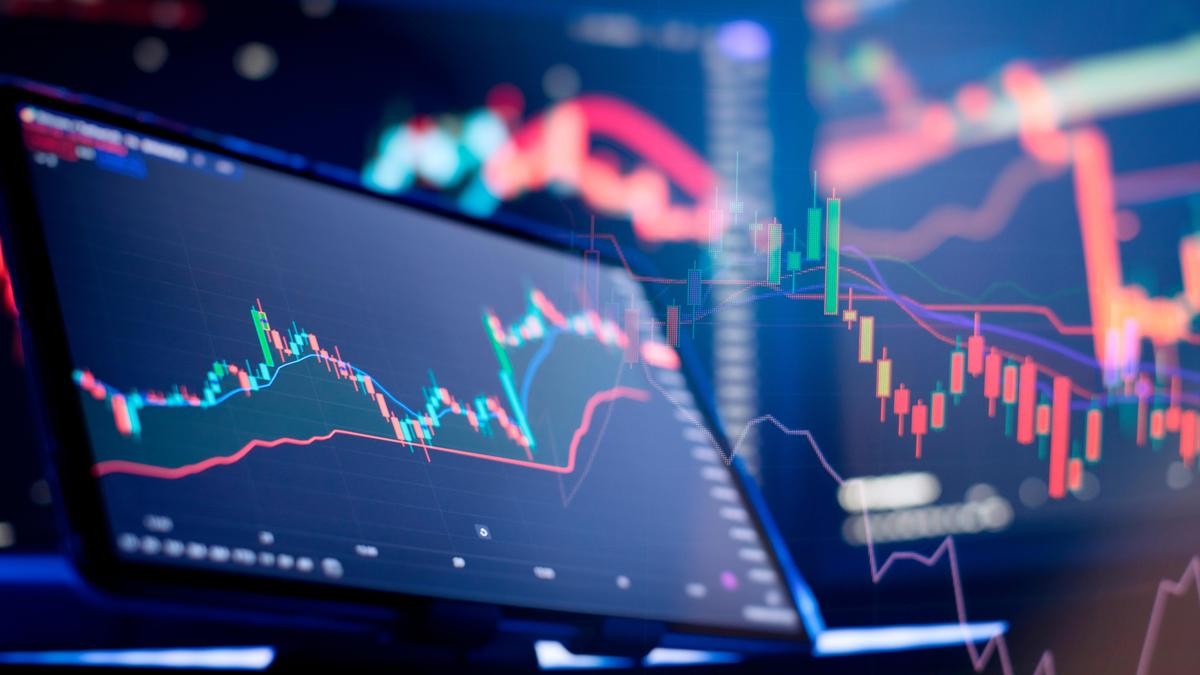



Investment drives long-term economic growth through powerful multiplier effects, while consumption merely sustains short-term demand. China's high investment has fueled robust growth and incomes, whereas India's consumption-centric model hampers progress and widens inequality. Prioritizing transformative public and private investment is essential to spark innovation, enhance productivity, and ensure equitable development.

Copyright infringement not intended
Consumption may boost short-term demand, but investment-driven growth is key for long-term economic progress, as evidenced by the differing experiences of India and China.
Economic growth depends on two interconnected forces: supply (production of goods/services) and demand (expenditure to purchase them).
For an economy to grow, supply and demand must grow in couple. If demand outpaces supply, inflation increases. If demand lags, businesses face unsold inventories, which lead to production cuts, job losses, and a downward wave in growth.

The Four Pillars of Demand
Investment drives growth more powerfully due to its multiplier effect. For example, a ₹100 investment in a highway project not only creates jobs but also boosts incomes for workers and firms, spurring further demand.
Consumption has a weaker multiplier. While higher incomes boost spending, consumption alone struggles to lift overall incomes or productivity. Keynesian economists label consumption a "passive" demand driver—it follows growth but rarely leads it.

China’s Investment-Led Boom: Since the 1970s, China prioritized high investment rates (44.5% of GDP in 2013), funding infrastructure, manufacturing, and tech. By 2023, its per capita income was five times India’s (or 2.4 times, adjusting for purchasing power).
India’s Consumption-Driven Stagnation: India’s investment rate lagged (30.8% of GDP in 2023), while consumption dominated (60.3% of GDP). Reliance on consumption slowed growth and widened inequality, as job and income gains remained uneven.

Public spending on critical sectors (healthcare, renewable energy) can catalyze private sector confidence and spread growth benefits widely. China’s state-led investments in infrastructure and tech exemplify this strategy.
Consumption sustains short-term demand, however, it cannot drive sustained, equitable growth. Investment, with its multiplier effects, remains the engine of growth. Policymakers should prioritize public/private investment in transformative sectors to avoid stagnation and inequality.
Must Read Articles:
INDIA'S ECONOMIC FIGURES TELL A COMPLEX STORY
REAL GROWTH RATE AND THE FORECAST
LATEST GDP ESTIMATES ABOUT ECONOMY
INDIA'S MIDDLE CLASS 2.0 GROWING
Source:
|
PRACTICE QUESTION Q. How can rural consumption be harnessed to drive inclusive growth in India? Analyze policy challenges and opportunities. 150 words |








© 2025 iasgyan. All right reserved